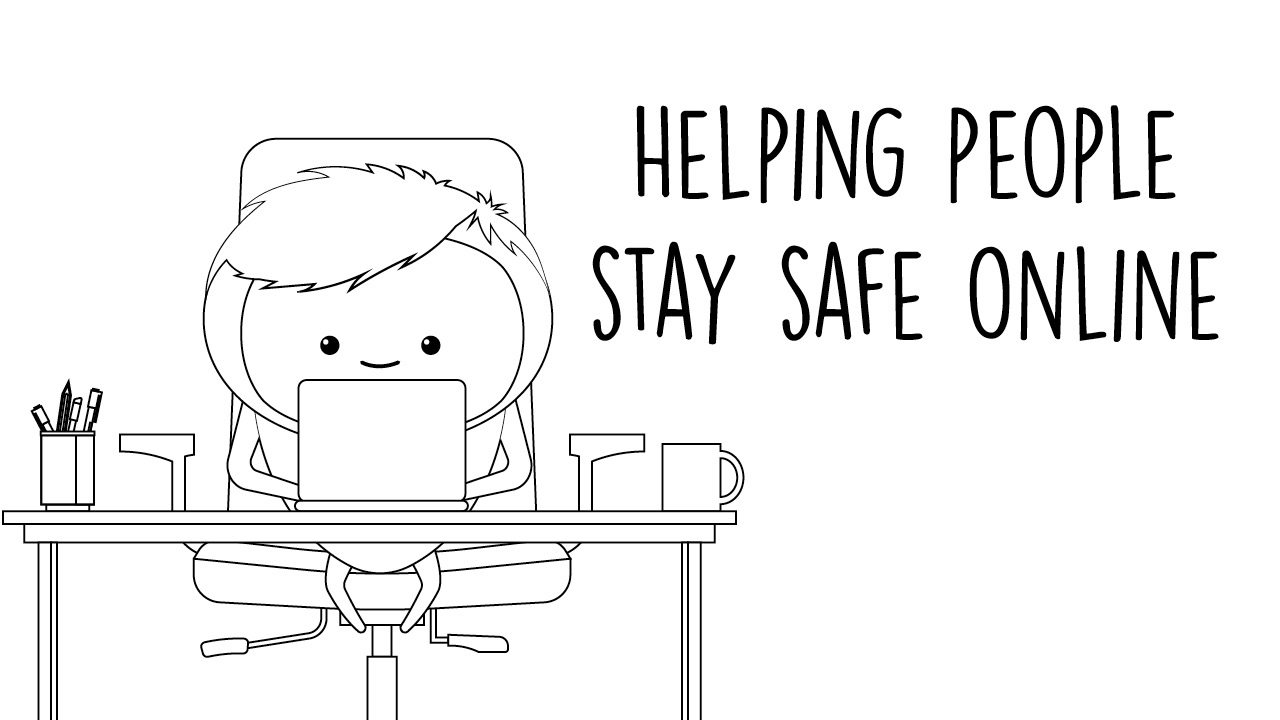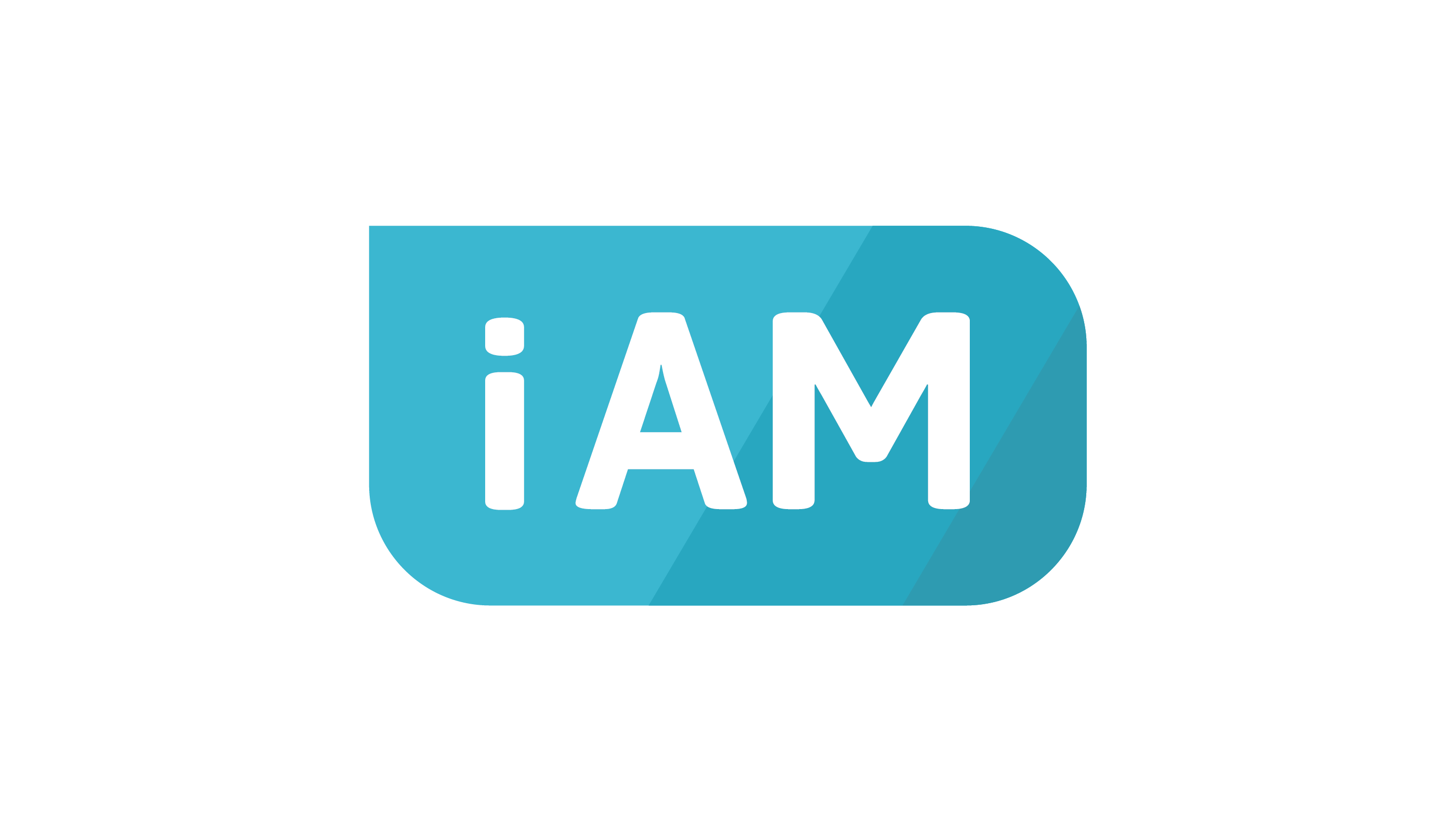The internet is wonderful thing. It helps us communicate, connect, makes life much more convenient, and let’s face it, it’s been a lifesaver throughout Covid to teach online. But the World Wide Web also has a dark side - it’s the perfect platform for computer-based criminals to hide in the shadows of anonymity.
With children and young people spending most of their time online nowadays, through social media, their mobile phone devices, and gaming, it’s important that both you as an educator, and the pupils themselves, understand the dangers they may face.
To help spread awareness of Safer Internet Day, we’ll discuss the different risks that are posed to young people from spending time online, what you can advise them to look out for, and suggest what you can do to help*.
*Your school should have its own safeguarding policies in place advising what to do the event of a child being at risk, which should always be followed. The purpose of this blog is purely for awareness of the risks.
What are the risks of online abuse for young people and children?
While anyone of any age can be targeted, children, young people, and those with learning difficulties are especially at risk of online abuse – and the consequences can be devastating.
There are lots of reasons that someone can be targeted online. Criminals can be incredibly cunning and can pose dangers such as:
- Being groomed for sexual abuse, exploitation or trafficking
- Being the target of cyberbullying or public shaming
- Having your identity stolen
- Being threatened or tricked into handing over money
- Having your accounts hacked
- Unknowingly sharing your location
While the biggest risk to children is the possibility of being physically attacked or sexually abused, cyberbullying is unfortunately prevalent in school age children, which can have a serious impact on a child’s mental health. They may experience self-blame, difficulties concentrating, behavioural problems, depression, low self-esteem, social withdrawal, panic attacks, eating disorders, self-harm, and in extreme cases, suicide.
Your school will have a policy outlining how to educate and prevent cyberbullying from taking place and support children who may be victims of such abuse. If you have an iAM Compliant account, this will be stored in the Documents and Policies area which can be circulated to all staff.
There are plenty of opportunities for online abuse to take place, so let’s dive into some of the common platforms where children and young people are most at risk…
How to keep children safe when gaming
Online gaming is huge and provides hours of fun, creativity and socialisation for children and teens. They can become whoever they want to be, get instant gratification every time they level up or receive friend requests, and can indulge in a little bit of escapism. For many people this is a platform to socialise with others and make friendships. But with that comes the risks of being online.
They’re still opening themselves up to the possibility of grooming by predators or cyberbullying from those they’re playing against.
To help them stay safe when battling each other on Fortnite, Just Dance or Minecraft (those are what the cool kids play nowadays right?), teach them about what to look out for, including:
- Someone asking for them to turn webcams on or asking for personal information
- If they’re being asked to change platform or chat rooms so they can talk privately
- Other players are being rude, offensive and generally unkind
Make sure they know that gaming platforms will give them the opportunity to block, mute and report profiles that are being abusive or making the child feel uncomfortable.
No doubt gaming will be a hot topic between kids at school, so if you overhear or suspect anything untoward, be sure to report it to your safeguarding lead at school.
How to keep children safe when using chat rooms and social media
Texting and chatting online is becoming almost the primary way young people communicate with each other in this day and age. Even social media platforms have private messaging functions. Social profiles often open up the opportunity for predators to use them to target young people.
With messages and social accounts being mostly private to the child, it’s easier for people they don’t know to reach out to them - so it’s important to educate pupils that they should be wary of speaking online with anyone they’ve not met before. Even if the profile of the other person looks innocent enough, they need to remember that catfishing is a huge problem online – it may not be the person in the profile photo they’re actually speaking to.
Talk to them about what red flags to look out for and understand when something isn’t appropriate, such as:
- If the other person won’t speak on the phone or is secretive about their identity
- They have limited photos on their profile
- They’ve asked for inappropriate photos, money, addresses or other personal information
- They’d like to meet in a very remote location, away from other people
- They’re asking the child to keep their conversations a secret
It’s not just predators out there though, chat rooms and social media are also a hotbed for bullying and abuse. This can lead to dangerous mental health issues such as depression, anxiety or taking their own lives.
To help them manage the risks of online bullying you can advise them to:
- Set their profile to private so only friends can message and see their profiles
- Block anyone who is being offensive, rude or pressurising them in any way
- Focus on positive posts and only follow accounts that make them feel happy
- Keep a record of any abusive messages, posts or photos to share with a parent, teacher, or an adult they trust
If you have any concerns about a pupil, however small, or if a child has confided something in you, the right action and attention is needed, as there can be serious consequences from these online dangers. Consult your school’s safeguarding policies and remember to always talk to your safeguarding lead with your concerns. Don’t try to handle a situation alone or go straight to the parents or police, your school should have procedures and policies in place that you’ll need to follow.
How to keep children safe when using emails
Criminals can use emails to target millions of people in the hope that some of the recipients will fall for their scam. If young people have their own email address (which many do) it’s important to help them understand the types of scams they may fall victim to. Here’s what to tell them to look out for:
- There are lots of typos and unusual language in the email
- Any requests for money or personal information
- If the email makes you panic about missing out on an opportunity or prize if you do not respond immediately
- If you’re being offered emails a miracle cures, a lot of money or something that sounds too good to be true
- If there is a threat about being fined if you don’t act immediately or if you’ve missed a delivery that you don’t recognise
The best advice to give is to never click a link, open an attachment, or respond to an email where you don’t recognise the email address.
And a little cybersecurity advice for the school staff as well…
We’ve been using the internet for years - heck some of us were online before even Google was invented (yikes). So we’re all pretty savvy to the cybersecurity risks out there. But here’s a quick reminder of the things you need to be aware of when using or sharing details online – particularly when using school IT systems:
- Padlocks - Look for a padlock in your browser address bar when you visit websites. It will indicate a secure website.
- Software protection – Make sure you have anti-virus software in place to help to keep out the bad guys.
- Keep your software up to date - If you don’t perform updates, you’re leaving yourself open to infection and at greater risk of being hacked.
- Passwords – Create strong passwords that are hard to guess and don’t repeat the same password on multiple sites or devices.
- Back up - If you don’t backup your files, then you could lose everything.
- Photographs – Remember that smartphones can take very high-resolution pictures, so make sure you have nothing of a sensitive nature in the background.
- Locations - Sharing your location can be extremely valuable to predators and other cyber criminals when building a picture of your habits.
Cyber criminals are always looking for a way to hurt you. And if you work in a school or with children, it’s particularly important to be vigilant every time you’re online. It might not be just your own information you’re unintentionally putting at risk.
Think before you click is a good place to start.
Make sure your school’s safeguarding and cybersecurity policies are in place
There are multiple things pupils and staff can do to protect themselves, such as being more aware of what you’re posting, making your profiles private, being more careful about what information you’re sharing online, and the types of websites you’re visiting.
If you’re responsible for compliance and safeguarding in your school, make sure you have the right policies and procedures in place to help safeguard children and staff from the dangers of using the internet.
With Safer Internet Day in full swing, now is the time to send a reminder of those policies to staff to read - which you can do electronically when using your iAM Compliant account. Get in touch if you’d like to find out more.
Looking for more training on cybersecurity and staying safe online?
We’ve got a loads of great eLearning courses available in our Training Library. If you have an iAM Compliant account, you’ll have full access to all those courses for FREE. Check out our Cybersecurity and Safeguarding course collections for more information or book in for a quick demo to find out how to get started.


